30 November 2023
.jpg)
Cas König, CEO of Groningen Seaports - (c) Stella Dekker Fotografie
Can you briefly tell us about Groningen Seaports? What are its main characteristics and challenges?
Groningen Seaports is the commercial owner, manager, and developer of the port of Delfzijl, Eemshaven and adjacent industrial areas. Together with over one hundred employees, we provide the complete port services, from logistics services to the issue, maintenance, and development of the sites in both port areas. In recent decades the organisation has developed from a port authority into an economic zone with port facilities.
A hallmark of Groningen Seaports is its commitment to sustainability, with a focus on green energy, biobased chemicals and circular industry, innovation, and hydrogen projects. These characteristics also come with challenges. For example, a major challenge for us is the resource transition. We are currently doing out utmost to ensure that this becomes as circular as possible as soon as possible. This also involves the challenge of finding a good balance between sustainability, economic growth, and liveability in the region.
What is your long-term vision for Groningen Seaports? What are the main investment projects for the coming years? Could you briefly describe the importance of these investment projects for the port and the city?
Our dream is to be Europe’s green energy hub and circular hotspot by 2040. To make this a reality, we have made sharp choices and set priorities. For example, we want to accelerate the energy transition by expanding our green energy cluster and we want to further develop circularity by leading the way in bio-based chemistry and circular industry. In addition, we consider it important to build strong chains and be a testing ground for innovation. Finally, we want to create broad prosperity for Groningen.
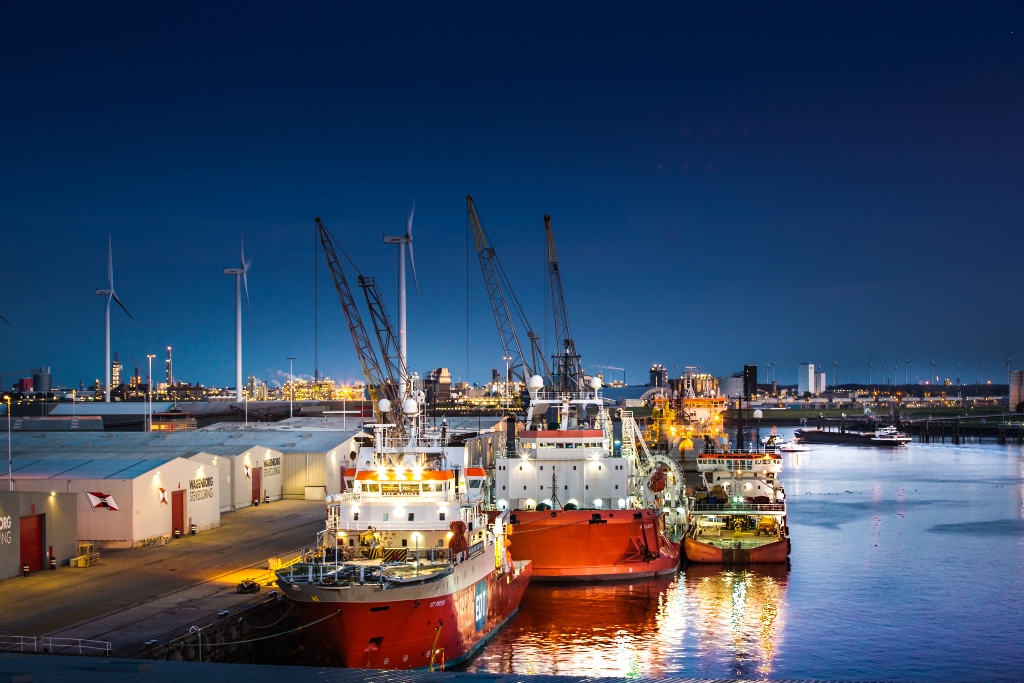
We read that the port is involved in a project on transforming energy from waste in the port of Delfzijl. Could you further explain us the project? What is the role of the port in that? Could you explain what will be the impact of this project for the port?
We are indeed involved in the project of EEW, Energy from Waste, in Delfzijl. They dispose of waste safely and make the energy released in the process available to businesses and households in the area. In this, the port serves as a site sustainable energy generation by converting waste into electricity. These activities in the port demonstrate that the port is a green energy center that contributes to the local economy by embracing innovative and environmentally friendly activities.
The strategic location of Groningen Seaports with respect to Northwest Europe, grants a key accessibility by different modes of transport (sea, rail, road, as well as inland shipping). In this respect, are there measures taken in Groningen Seaports to make multimodal transport more attractive and more competitive?
The location of Groningen Seaports is logistically ideal. The infrastructure of port facilities, roads, rail, waterways, and pipelines brings energy, data, and knowledge to us. We have also made considerable investments in infrastructure and facilities in recent years to promote multimodal transport. As such we have improved port terminals and connection to rail and road networks that enhance connectivity. As an example, the widening of the N33 between Zuidbroek and Eemshaven that will take place in the future. These measures make Groningen Seaports attractive for companies that want to use different modes of transport.
What are the environmental priorities for Groningen Seaports?
The environmental priorities for Groningen Seaports are focused on making our area fully sustainable and further developing circularity by leading the way in bio-based chemistry & circular industry. We do this by investing in reducing harmful emissions and changing to renewable energy sources. Furthermore, these environmental priorities focus on making shipping greener, promoting the port’s green energy infrastructure, and realising environmentally friendly logistics solutions. Through these initiatives, the port strives to balance economics growth with environmental responsibility.
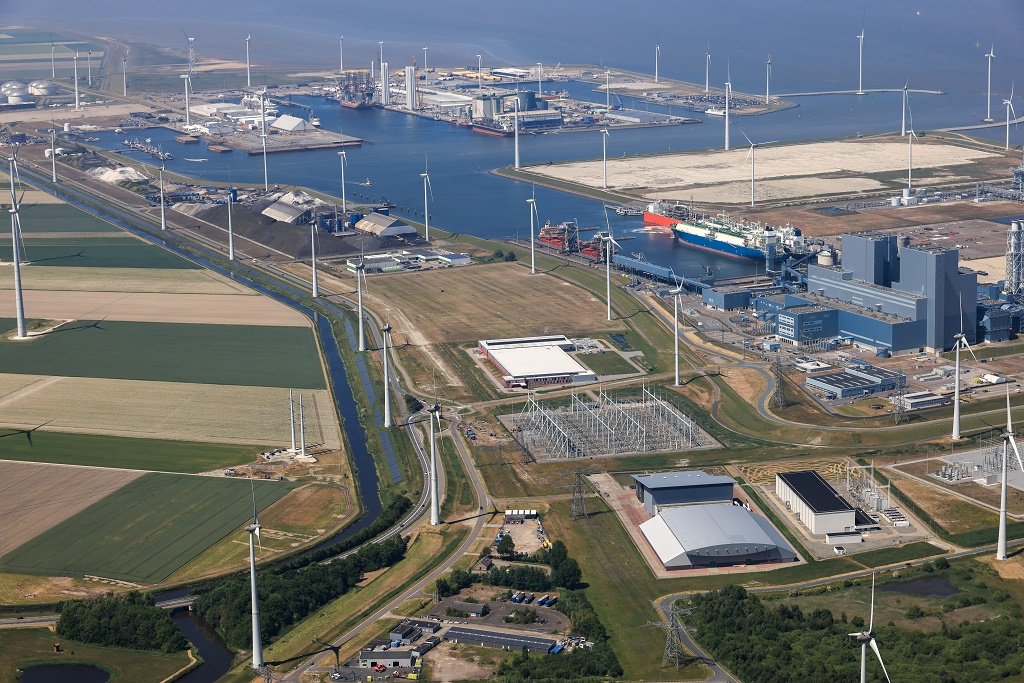
We are aware that Groningen Seaports is working on an energy transition strategy as you have strongly advocated for scaling up in the production of green hydrogen. Please, can you briefly present us the main focal points of the strategy? How are you preparing for the arrival of the hydrogen economy?
As part of its energy transition strategy, Groningen Seaports is committed to green hydrogen production and its applications. Here it is important to keep a close eye on developments in the hydrogen infrastructure. This is also done well because Groningen Seaports is a partner in various projects in the field of hydrogen, including “Mission H2”. Mission H2 aims to make the Netherlands the hydrogen country by 2030. By investing in the hydrogen infrastructure, the port is positioning itself as a center for the emerging hydrogen economy that also stimulates economic growth and new jobs in the region.
A joint project between the photovoltaic company WIRCON, which built the solar park, and the land owner, Groningen Seaports, was launched on October 19. Please could you further explain us about this renewable energy project and the benefits and impacts of it?
The collaborative project between WIRCON and Groningen Seaports involves a solar park, which contributes to sustainable energy generation in the region. Solar Park Valgenweg consists of 31,176 solar panels, which annually generate about 17 gigawatt hours of electricity, contributes to CO2 savings of at least 8,750 tons and promotes the transition to renewable energy sources. The benefits of this project are that local households in the province of Groningen can benefit from this renewable energy. The design also considers that sheep should be able to graze safely in the solar park. Moreover, it emphasizes the environmentally conscious activities of Groningen Seaports.
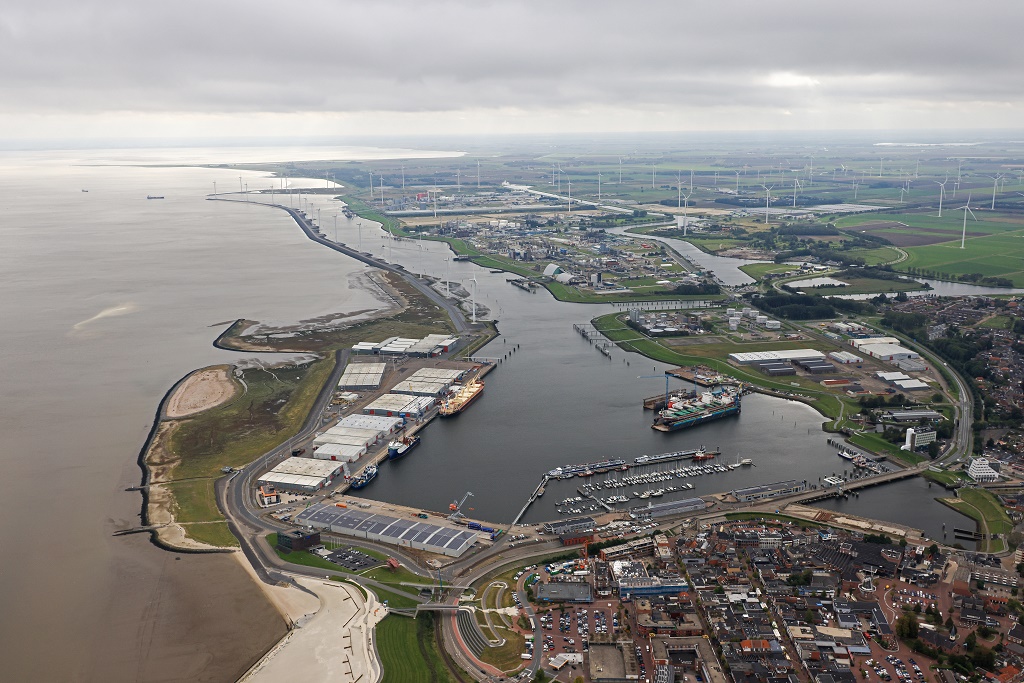
The role of ports is changing, even in most of the cases expanding. Groningen seaports is a typical example of that, having enlarged its logistic activities with activities in the field of energy, circular economy, offshore, etc. What does this broader role imply? Do you think that the business model of ports is still fit for purpose? European ports are increasingly investing in digital solutions to improve the efficiency of the logistics chain and port operations. Have Groningen Seaports taken any initiatives towards digitalisation?
Port expansion is mainly related to growth and innovation in energy, circularity and offshore. This expansion strengthens the economy and sustainability. These developments also expand the business model. Naturally, Groningen Seaports has taken initiatives around digitalisation. It is impossible not to digitise in our field. Information must be shared more and more and earlier. Then we are talking about ships, cargo, time of arrival, time of departure, etc. A good example of this is the Northern Port Information system built, where Groningen Sea Ports was the client.
How did you get into maritime transport? How did your career path lead to this position?
I started as an environmental engineer in the chemical industry in Delfzijl. During this position I got a degree in Master of Business Administration. I ended up as CEO of Silicon Carbide factory and moved to the Aluminium industry in Delfzijl. Again, in the position of CEO. After two years I heard the news that the position of CEO of Groningen Seaports became vacant, which is a position I dreamed of. The port is the organisation that is in the middle of all transitions, such as energy transition, the material transition and so on. Operating on the edge of market and government, I believe the organisation can realise a great impact. Especially with my environmental background I must admit it is? a lot of fun the fulfil this position.
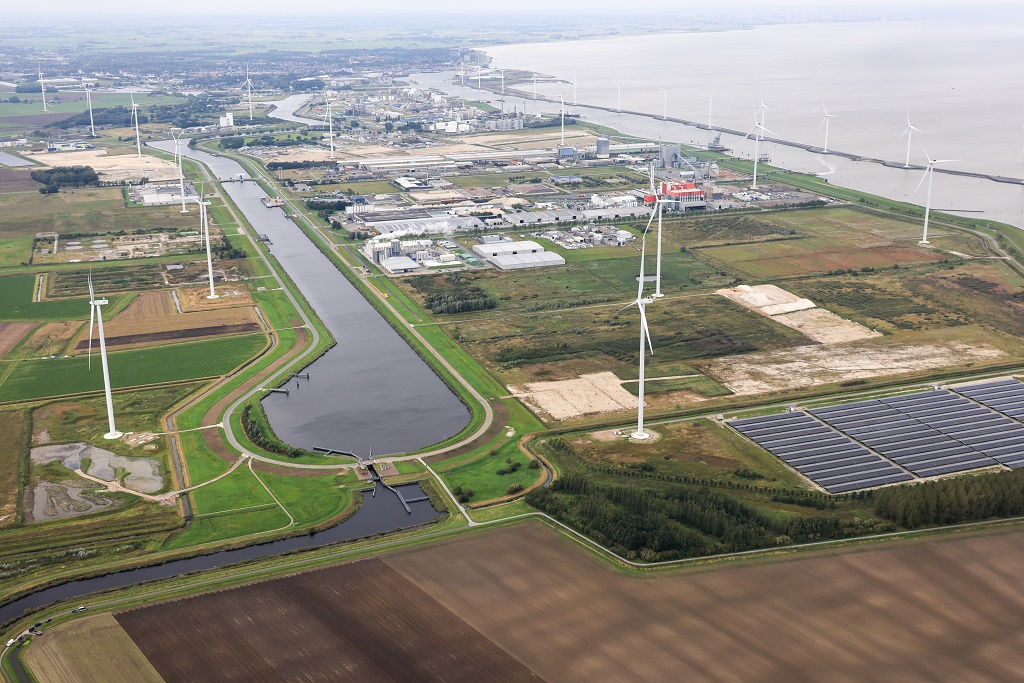
Finally, if you had to bring us to your favourite spot in Groningen Seaports, where would you take us?
My favourite place in our area is Eemshaven. This is a place where a lot is happening, such as the offshore and green energy projects. This place really exudes our innovative and sustainable vision. Furthermore, it is also a place where the future of maritime developments and sustainability radiates. Here you can see in one glimpse the whole energy-transition: a gas fired power plants, a coal fired power plant, a biomass fired power plant, LNG import SFRU's, wind turbines onshore and offshore, an interconnector for hydropower from Norway, an interconnector for wind power from Denmark and several solar parks. You can see this all from the centre point of Eemshaven.
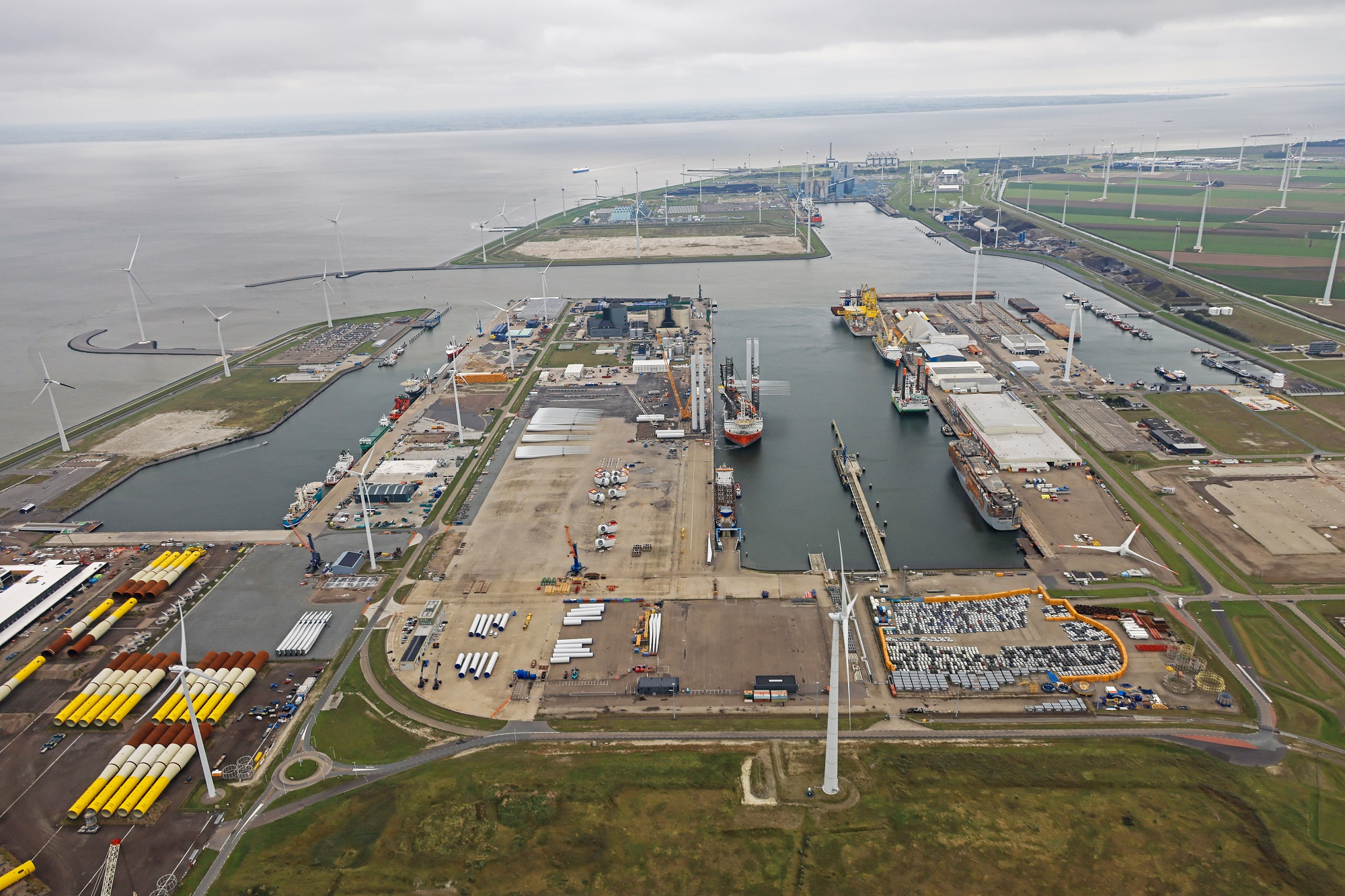
Related documents
No attachments.
